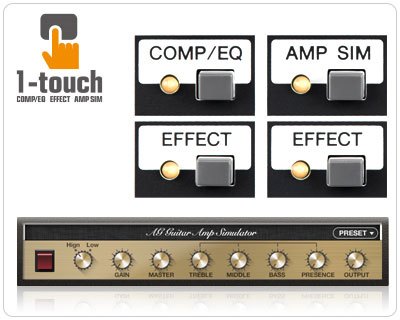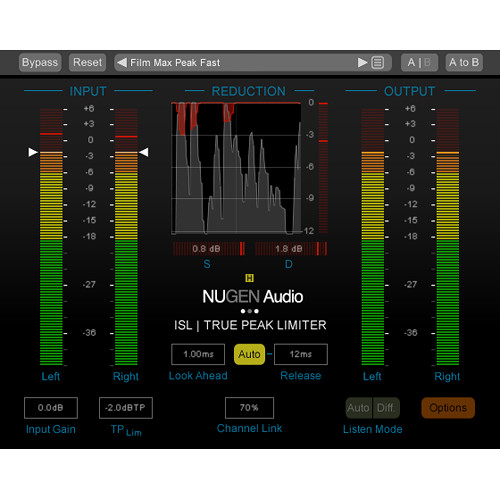

This software library, called MSP432_BOOSTXL_LIB,

This library introduces higher level functions that simplify peripheral programming.ĭSP Application Library: The make the programming of DSP applications on the MSP432 easier, we have addedĪ software layer on top of the DriverLib. This library can be found through CCS Resource Explorer. Hardware Abstraction Library: The low-level programming on the MSP432 is handled through a separate library (aptly namedĭriverLib) which is part of the MSP432P401R Software Development Kit.
Real time dsp – audio loopback how to#
Pin-to-peripheral assignments), while the technical reference manual describes how to The datasheet lists device-specific information (such as the precise configuration of For MSP432 is a fairly complexĪnd a low-level technical reference manual.

Hardware Details: Additional documentation on the hardware details of individual components on these PCB’s isĬaptured in the datasheets for these components. The connector pin definitions as well as the schematics. These user guides show the physical connections of components on the board, including Hardware Schematics: The physical implementation of the MSPEXP432P401R board and theĪudio frontend BOOSTXL_AUDIO are each described in a user manual, (i.e., closest to the software application), we enumerate the abstraction To understand the operation of sampling from a technical perspective.įrom the lowest abstraction level (i.e., closest to hardware) to the highest abstraction level Information on the MSP432 ADC can be found in the MSP432 Technical Referenceįirst, let’s summarize the design abstraction levels that are relevant The operation of the ADC as used by the MSP432_BOOSTXL_LIB. The ADC is fully configurable from software. The MSP432 on the lab kit contains a 14-bit successive-approximation ADC. Given the sample period, form the pulse sequence as follows: The discrete-time signal can be represented as a sampled continuous-time signal asįollows. In the following, let’s focus on what happens in the sample-and-hold step. Įncoding: A quantized discrete-time signal is converted to a digital code. Quantization: A discrete-time signal is converted to a quantized signal. Sample-and-hold: An analog signal is sampled to a discrete-time signal. The conversion of a physical signal to a discrete set of finite-precision numbers is called signal sampling. The quantization step is the smallest change of the physical quantity that will use a different discrete value. The span is the difference between the smallest and the largest physical value represented. The resolution is the number of bits used to represent those physical quantities. Physical quantities are characterized by a sequence of discrete values (integers with a limited resolution). The sample frequency is the reciprocal, the frequency at which samples are taken. The sample period is the time interval between sample instants. Time is characterized as a sequence of sample instants. Time, as well as values, become discrete. In Digital Signal Processing, we will represent these continuous values using discrete samples. Physical quantities such as voltage, and physical time both are continuous. Furthermore, assume that that voltage will changeĪt some time between 8 AM and 8:01 AM, the change could happen at any momentĭuring that minute-long interval.

The physical world is continuousįor example, a voltage between 0 Volt and 1 Volt can take on any value between World of signals, is the reduction of accuracy. We will discuss the process of converting analog signals to digital codes (integersĪnd floating-point numbers), as well as the reverse process of reconstructingĪ fundamental difference between the discrete world of numbers and the continuous The interface between the physical world of signals and the digital world of numbers? Where else can we start a course on Real Time Digital Signal Processing then at


 0 kommentar(er)
0 kommentar(er)
